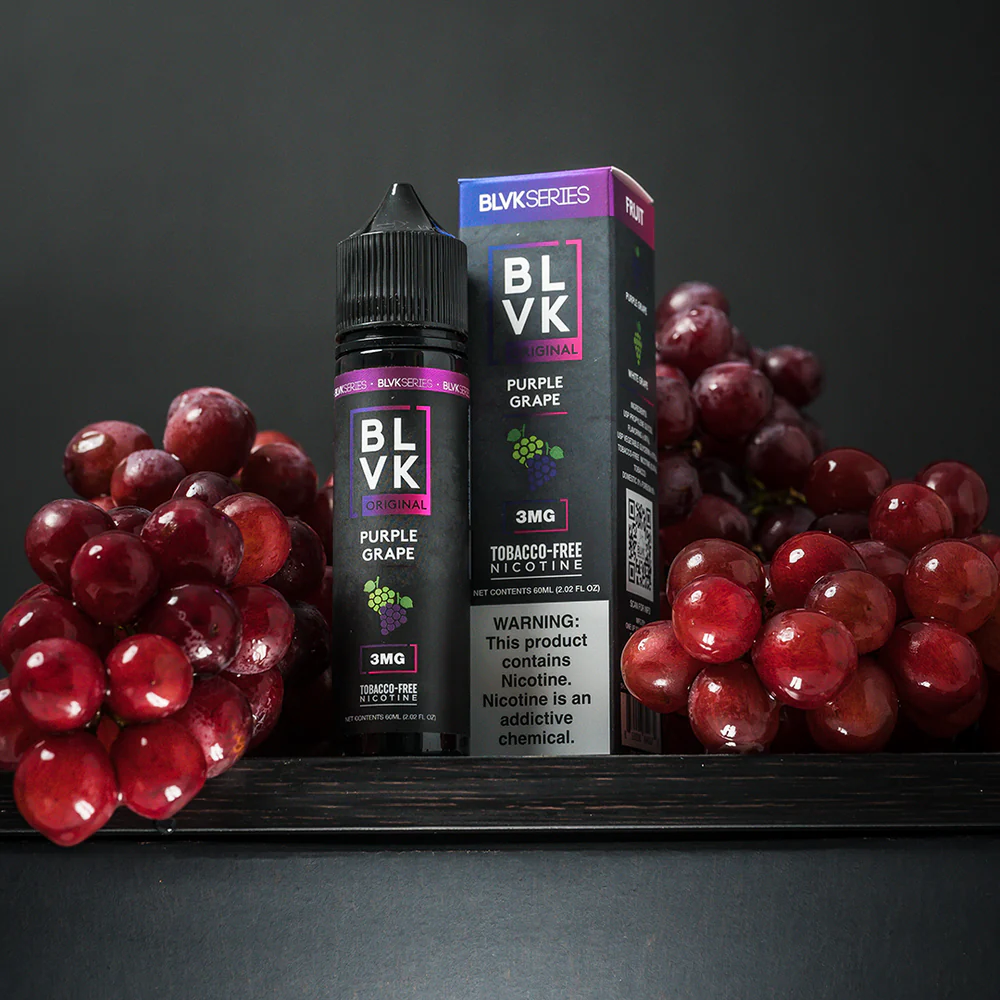Purple Grape
$30.00 Original price was: $30.00.$25.00Current price is: $25.00.
Purple grapes are small, round fruits with a deep purple to reddish skin, often sweet and juicy in flavor. They are typically eaten fresh, used in making wine, juices, or dried into raisins. Rich in antioxidants, vitamins, and fiber, purple grapes are a healthy snack option.
Purple Grape
Purple Grape. Are a popular fruit known for their sweet, juicy flavor and vibrant color. They belong to the Vitis viniferaspecies, a variety of grape cultivated worldwide for both fresh consumption and for winemaking. These grapes grow in clusters, and their characteristic deep purple to almost black hue comes from anthocyanins. A type of flavonoid pigment with antioxidant properties.
Purple grapes are small to medium in size, usually round or oval-shaped, with smooth, firm skins that are slightly translucent when bitten into. Their flesh is crisp, succulent, and bursting with sweetness, although some varieties may have a tart undertone depending on their ripeness. Purple grapes are typically seedless, though some cultivars contain small seeds that are easy to remove. The skin is thin but slightly thickens with age, providing a satisfying snap when eaten.
In terms of nutritional value, purple grapes are a rich source of vitamins and minerals. They are especially high in vitamin C, potassium, and vitamin K, contributing to a healthy immune system, heart function, and bone health. One of the key health benefits of purple grapes is their antioxidant content, notably resveratrol, which has been studied for its potential to reduce inflammation, improve heart health, and combat aging. Their natural sugars, primarily glucose and fructose, provide a quick energy boost, while their high water content ensures hydration.
Purple grapes are enjoyed in a variety of ways: fresh as a snack, in fruit salads, or as part of a cheese platter. They are also commonly used to make juices, smoothies, and jams, and are a key ingredient in wine production. Their versatility, delicious flavor, and health benefits make purple grapes a favorite choice for many people worldwide.
Be the first to review “Purple Grape” Cancel reply
Related products
FREEBASE NICOTINE
FREEBASE NICOTINE
FREEBASE NICOTINE
BLVK (Fruits)
BLVK (Fruits)
FREEBASE NICOTINE
FREEBASE NICOTINE
FREEBASE NICOTINE












Reviews
There are no reviews yet.